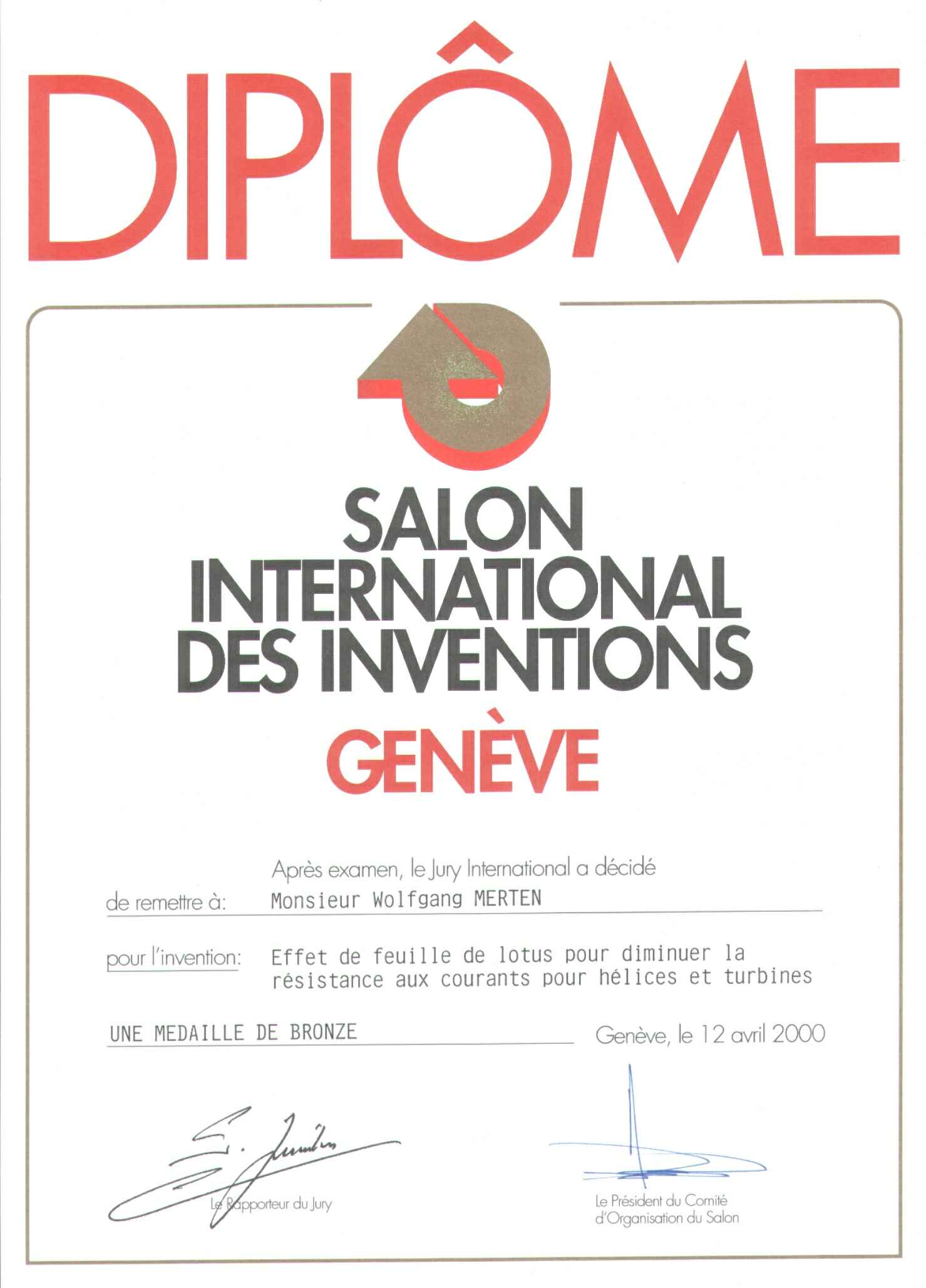Tel. +49-(0)40-491 84 93 - Fax
+49-(0)40-491 84 93 - e-mail: mersystem@freenet.de
These inventions
concerns applications for lowering or increasing the turbulence
or the flow resistance on objects.
| |
The
following are specified here: |
 |
1.
The positive sharkskin surface profile or the negative
sharkskin surface profile,
2. The
positive Lotus effect surface profile or the negative
Lotus effect surface profile
3. The
positive octopus compression suction cup surface profile
or the negative octopus compression suction cup surface
profile
|
These three surface
profile types may be mounted on objects individually or in
combination to one another as desired. Mounting solar cells on
objects as desired is also of benefit for generating energy.

Figure 1
These pictures depict
a model of positive sharkskin serving to reduce the flow
resistance for the following technical applications or examples.
Positive sharkskin produces a negative sharkskin with regard to
the technical surface profile. The negative sharkskin is suited
for reducing or increasing flow turbulence. While implementing
positive sharkskin to decrease flow resistance a value of 3 to
18% can be attained. The negative sharkskin produces an increase
or decrease in flow turbulence amounting to 2 to 18% on objects.

Figure 2
Figure 2 provides
several illustrations of the positive lotus effect. The lotus
effect (a surface resistant to collecting dirt) is based on
hydrophobic tabular surfaces, which practically repel water and
dirt particles. The positive lotus effect is suited best for
reducing the flow resistance of objects located in water and for
influencing flow turbulence, i.e. of turbine blades or turbine
propellers of all types. In this respect a decrease of flow
resistance by 2 to 8% has been attained on objects. The positive
lotus effect as technical surface profile also produces a
negative lotus effect. The negative lotus effect produces a
favorable enhancement of flow turbulence and at the same time a
turbulence harmonization, i.e. on the inside of turbines or all
types of turbine vanes. In this regard an enhancement of flow
turbulence amounting to 2 to 7% has been attained on objects.
The described
negative lotus effect can also be implemented as additive in
adhesives, bands, films of all types or in primary coats. The
adherence, in other words the cohesion of the glued joints,
increases in this case by approx. 8 to 15%, while in primary
coats by approx. 4 to 12%.
The individual
implementation of a surface profile or the combination of these
surface profiles in an object, for instance as positive sharkskin
surface with additional coating of a positive lotus effect
surface profile has the following effect as according to the
invention for:
Turbines, turbine
propellers, turbine vanes, energy mills, rotors for wind energy,
piping systems.

The Figures A and B
depict several turbine-based propulsion systems equipped with
propellers and
the inside of turbines with vanes. While the front side of these
propellers can be designed with a positive sharkskin surface, the
back side can be coated with a negative sharkskin surface. By
reducing resistance as a result of implementing positive
sharkskin the increased air intake of the turbine propeller (fan)
is directed into the inside of the turbine. The alternative
implementation of positive and negative sharkskin on the turbine
propellers thus ensures a higher turbine inner pressure. This
also is true for the turbine wheels arranged in the turbine, thus
resulting in an increased thrust amounting to approx. 3 to 7% for
turbines. Increasing the energy yield by 3 to 7% while
maintaining a constant kerosene consumption and reducing noise of
up to approx. 21% thus create desirable environmentally
responsible conditions. The alternative implementation of
positive and negative compression suction cup surface profile
also produces a thrust increase of 2 to 7%.
| Rotors
of helicopters of all types |
Fig. C

The same surface
profiles as according to the invention can also be implemented
for propellers or rotors of helicopters of all types or even
marine screw propellers.


Back to start






